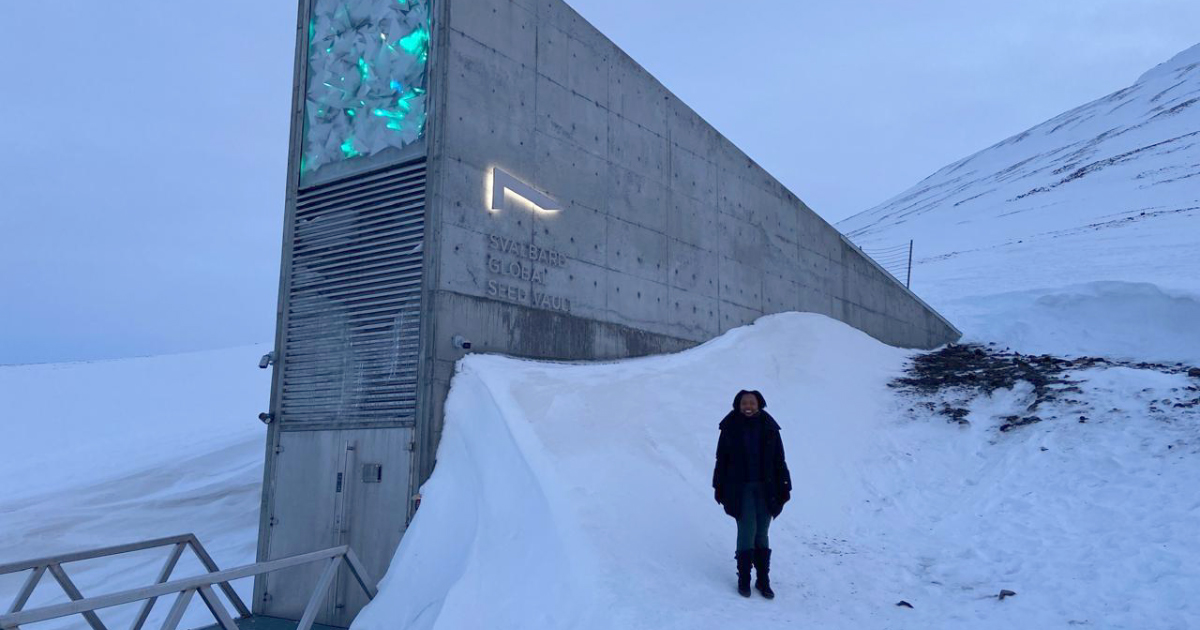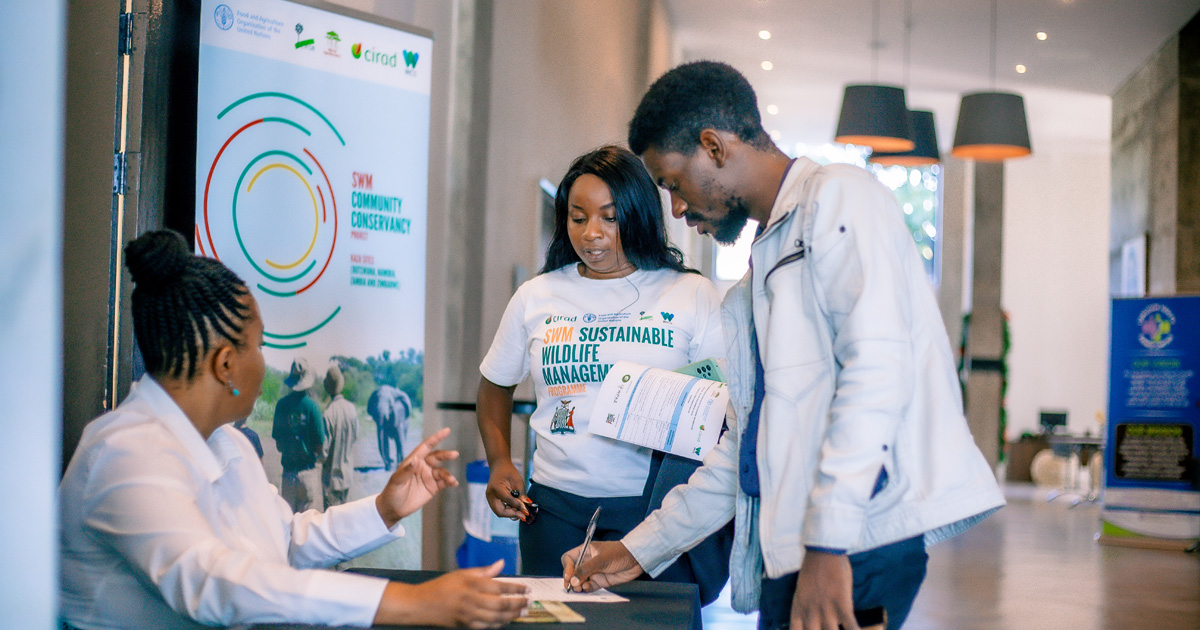Current methods for assessing soil organic carbon (SOC) stocks are generally not well suited for understanding variations in SOC stocks in landscapes. This is due to the tedious and time-consuming nature of the sampling methods most commonly used to collect bulk density cores, which limits repeatability across large areas, particularly where information is needed on the spatial dynamics of SOC stocks at scales relevant to management and for spatially explicit targeting of climate change mitigation options. In the current study, approaches were explored for (i) field-based estimates of SOC stocks and (ii) mapping of SOC stocks at moderate to high resolution on the basis of data from four widely contrasting ecosystems in East Africa. Estimated SOC stocks for 0–30 cm depth varied both within and between sites, with site averages ranging from 2 to 8 kg m2. The differences in SOC stocks were determined in part by rainfall, but more importantly by sand content. Results also indicate that managing soil erosion is a key strategy for reducing SOC loss and hence in mitigation of climate change in these landscapes. Further, maps were developed on the basis of satellite image reflectance data with multiple R-squared values of 0.65 for the independent validation data set, showing variations in SOC stocks across these landscapes. These maps allow for spatially explicit targeting of potential climate change mitigation efforts through soil carbon sequestration, which is one option for climate change mitigation and adaptation. Further, the maps can be used to monitor the impacts of such mitigation efforts over time.
DOI:
https://doi.org/10.1088/1748-9326/8/1/015011
Altmetric score:
Dimensions Citation Count:

Publication year
2013
Authors
Vågen, T-G.; Winowiecki, L.A.
Language
English
Keywords
carbon sinks, soil organic matter, soil fertility, soil organic carbon, soil erosion, soil, carbon sequestration
Geographic
Ethiopia






















